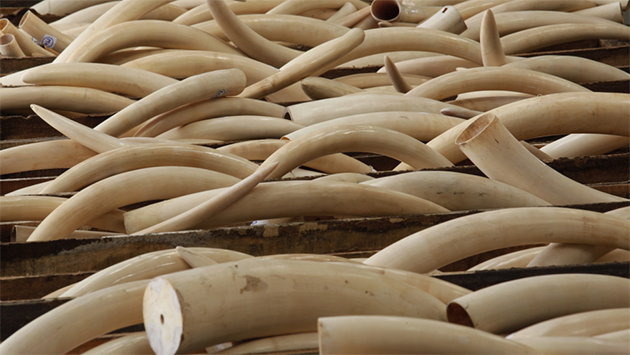Traditional grains defy drought

Mkhululi Ncube, [email protected]
FARMERS in Matabeleland South who heeded the Government’s call to gravitate towards drought-resistant traditional small grains in the wake of El Nino-induced droughts have expressed hope of recording a good harvest as evidenced by the condition of their crop.
Zimbabwe is reeling under El Nino effects, with normal to below-normal rainfall having been recorded in most parts of the country.
Due to El Nino weather conditions, most farmers planted between December and January when moderate rains were received.
The Government urged farmers in drier regions to embrace drought-resistant traditional small grains such as sorghum and millet instead of the staple maize crop, especially in the wake of climate change-induced droughts and erratic rainfall.
Most parts of Matabeleland North are in ecological regions four and five characterised by a low rainfall pattern and high temperatures.
Farmers have been urged to promote the production and consumption of traditional millet varieties across the social divide as the grains play an important role in contributing to the country’s food security and nutrition agenda.
Last farming season alone, the nation managed to harvest 280 966 tonnes of traditional grains, up from 194 100 tonnes in the 2021-2022 season.
A Chronicle news crew yesterday visited selected villages in Bulilima District in Matabeleland South and Tsholotsho District in Matabeleland North and observed that, despite the high temperatures, small grains are thriving in most fields.
Mr Obert Ndlovu planted 2 hectares of millet and the crop is doing very well, a testimony that small grains are drought-resistant.
The Ndlovu family planted the crop in November last year and despite the high temperatures, it managed to mature and they are expecting a good harvest.
“We dry-planted this crop in November last year using a tractor since our oxen were in a poor state due to the dry spell. We had planted a bit of maize as well, but it could not withstand the heat and it wilted due to moisture stress,” said Mr Ndlovu.
“Despite the little rains received, the millet has withstood the high temperatures because our area is very hot. We are expecting a meaningful harvest from these 2 hectares because the crop quality is fair.”
Mr Ndlovu said their field is now a case study for doubtful neighbours. He attempted to grow maize, which is traditionally grown as a staple across the Sadc region, but it failed due to the lack of rain. The news crew observed that all that remained were scorched husks.
“We are thankful to the Government for showing us the way. Agriculture experts advised us to grow small grains because our area is characterised by low rainfall and today, we are not regretting that bold move,” said Mr Ndlovu.
He said their greatest challenge now is the quelea birds which have started causing havoc by feasting on their millet.
Mr Ndlovu said they have resorted to spending more time guarding their fields.
“The greatest challenge this year is that we are very few who planted inyawuthi (finger millet), so the birds are flocking to the field in large numbers. We also have cattle straying into the field,” he said.
Another farmer, Mrs Catherine Nkomo, said she did not regret planting finger millet as the crop is doing very well.
“I don’t regret our decision to grow small grains. I planted this crop in November using the first rains and look at its condition despite the high temperatures,” she said.
“I planted finger millet, groundnuts and a bit of maize, which was a write-off due to a lack of rains. This is one of the worst years in my living memory but I am one of the few people here with inyawuthi that has withstood the dry season.”
“Mrs Nkomo said she removed all the wilted maize and fed her donkeys.
In the Matjinge area near Manzamnyama River, the border between Bulilima and Tsholotsho, the news crew observed a thriving small grain crop.

Gogo Mhlanga in her millet field in Matjinge village in Bulilima
Mrs Mavis Ndlovu from Emthonjeni Village in Tjefunye, Tsholotsho District, also has some glimmer of hope.
“I had planted inyawuthi in early December and my crop is promising, although we are having challenges with the birds which continue to be a threat,” she said.
Acting provincial director for the Agricultural Rural Development and Advisory Services for Matabeleland South, Mr Mkhunjulelwa Ndlovu said Bulilima District is a millet-growing district and urged local farmers to embrace the crop.
“If people had planted millet, they could have harvested between 50 and 100kgs because Bulilima is a millet farming area. The farmers would have managed to get some food for two months and feed for their livestock,” he said.
“With millet, if it receives good rains three times it matures. This is a lesson for everyone and farmers should understand the effects of climate change. The quality of yield may not be the same compared to the period during a good rain season but those who planted millet are getting something.”












Comments